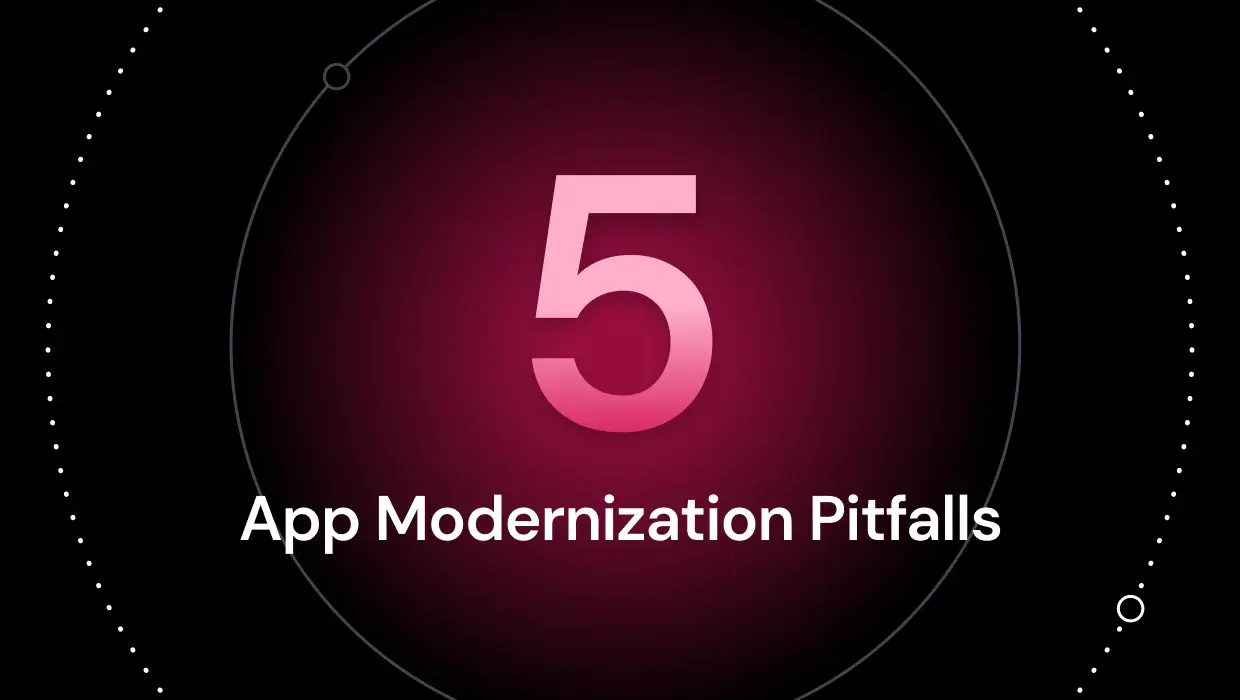When Watts Humphrey stated that every business is a software business, organizations realized that their survival depended on software. Today, developers also need to view cybersecurity as part of their responsibilities. It’s not enough to add security as an afterthought.
A global shortage of cybersecurity talent continues, with an estimated 3.4 million positions unfilled in 2022. At the same time, cyberattacks intensify. Forty-eight percent of companies reported a cyberattack in the last year. As the gap between supply and demand widens, organizations will look to software providers for better ways to secure applications and minimize risk.
According to Hiscox’s 2022 report, many organizations are using the US National Institute of Science and Technology’s (NIST) SP800-160 standard as a blueprint for strengthening security defenses. Part of that standard offers a framework for incorporating security measures into the development process.
Patching security weaknesses after release is a little like shutting the barn door after the animals have escaped. Developers chase after the illusive vulnerability, trying to corral and correct it. No matter how hard they try, developers can’t make an existing system as secure as one built with security best practices in mind.
When modernizing legacy systems, developers often adopt a microservices architecture. However, making that the default choice means ignoring the associated security risks. They must assess the potential risks and mitigation methods of monolithic vs. microservice designs to determine the most secure implementation.
Security Risks: Microservices vs. Monoliths
Security, like time, is relative. Is a monolith application less secure than microservices? Not always. For example, a simple monolith application with a small attack surface may be more secure than the same application using microservices.
An attack surface is a set of points on the boundary of a system where bad actors can gain access. A monolith application often has a smaller attack service than its microservice-based counterpart.
That said, attack surfaces are not the only security concerns facing developers as they look to incorporate security into the design of an application. Other areas to consider include coupling, authentication, and containerization.
Security Concern #1: Coupling vs. Decoupling
Legacy software may have thousands of lines of code wrapped into a single application. The individual components are interconnected, creating a tightly coupled piece of software. Microservices, by design, are loosely coupled. Each service is self-contained, resulting in fewer dependencies.
When bad actors compromise monoliths, they gain access to the entire application. The damage can be catastrophic. With microservices, a single compromise does not guarantee access to multiple services.
Related: Monoliths to Microservices 4 Modernization Best Practices
Once exploitation is detected, it can take months to contain. IBM’s latest Cost of a Data Breach report found that the average time to containment was 75 days. The shorter the data breach lifecycle, the lower the cost.
Given the inherent coupling of a monolith, finding the vulnerability can be challenging, especially if dead code has accumulated. The discrete nature of microservices makes it easier for programmers to locate a possible breach, reducing its lifecycle length and associated costs.
Security Concern #2: Attack Surface Sizes
As mentioned above, attack surfaces are points on the boundary of a system where an unauthorized user can gain access. The larger the boundary, the higher the risk. While current methods may default to microservices, they may not be the most secure architecture in every instance.
For example, an application with a few modules will have a smaller attack surface than the multiple microservices required to deliver the same functionality. The individual surfaces would be smaller, but the total surface of the application would be larger.
At the same time, a monolith application can become difficult to manage if it becomes too complex. Most legacy monoliths are complex, with multiple functions, modules, and subroutines. Developers must weigh attack surfaces against complexity when designing an application.
When a vulnerability is identified, it may take hours or even days to locate and patch the weakness in a monolithic application. Microservices are discrete components that enable programmers to find and correct flaws quickly.
Security Concern #3: Authentication Complexity
Monoliths use one-and-done authentication. Since accessing different resources occurs within the same application, identifying the requesting source in each module is redundant. However, that same approach shouldn’t be applied when migrating to a microservices design.
Microservices communicate through application programming interfaces, called APIs, when they need access to another microservice. Every request is an opportunity for compromise. That’s why microservices must incorporate authentication and authorization functionality in their design.
Adding this level of security as an afterthought creates its own set of vulnerabilities. Ensuring that each microservice has an authentication code in place can be challenging, depending on the number of services. If multiple developers are involved, implementation can vary. Finally, programmers from a monolith environment may overlook the requirement if it’s not part of their coding mindset.
Making an application less vulnerable is an essential feature of security by design. Application designs should include robust authentication and authorization code, whether monolith or microservices. Developers should consider a zero-trust implementation that requires continuous verification.
Security Concern #4: Container Weaknesses
Moving applications into containers provides portability, fewer resources, and consistent operation. Both microservices and monoliths can operate in containers. However, containerized environments add another layer of security, provided they are managed correctly. Common security weaknesses include privileges, images, and visibility. Any application running in a container—whether monolith or microservice—shares these risks.
Privileges
Containers often run as users with root privileges because it minimizes potential permission conflicts. When containerized applications need access to resources within the container, developers do not need to worry about installation or read/write failures because of permissions.
However, running containers with root privileges elevates security risks. If the container is compromised, cybercriminals have access to everything in the container. Developers must consider using a rootless implementation or a least-privilege model to restrict access for both microservice and monolithic applications.
Images
A secure pipeline for containerized application images is essential for both monoliths and microservices. Using secured private registries and fixed image tags can reduce the risk of a container’s contents being compromised. Once an image is in production, the security risk increases exponentially.
Visibility
Tracking weaknesses during a container’s lifecycle can mitigate security risks for monoliths and microservices. Developers can deploy scanning and analysis tools to look for code vulnerabilities. They can also use tools for visibility into open-source components or applications.
In 2021, visibility concerns resulted in the federal government issuing scanning requirements for containers. The document outlines the tools needed to assess the container pipeline and images. The guidelines also recommend real-time container monitoring.
Security Concern #6: Monitoring Complexity
Runtime visibility is another security risk. Applications should include event logging and monitoring to record any potential threats. Alerts should be part of any visibility tool so unusual behaviors can be assessed.
Monoliths often have real-time logging in place. This feature was added to help troubleshoot problems in highly complex applications. Writing error messages to a log with identifiers can significantly reduce the time needed to research a weakness and create a fix.
Putting real-time monitoring in place for microservices is far more time-consuming. Logging programs are not written for one large application but for many smaller applications. Many development teams skimp on or even skip monitoring because each microservice is so small it will be easy to find a problem. Unfortunately, in the midst of an attack, it’s rarely easy to find the weakness.
Security By Design
Although improved cybersecurity may not be the motivating factor behind modernizing legacy software, it is an opportunity that should not be wasted. Recent white-hat efforts by Positive Technologies found that 93% of attacks were successful in breaching a company’s internal network. Their selected targets were taken from finance, fuel and energy, government, industry/manufacturing, and IT industries.
Compromised credentials, including administrator passwords, were successfully used in 71% of attacks. The company was able to exploit vulnerabilities in software (60% ) and web (40%) applications. Their efforts highlight the need for strengthening security in deployed applications, whether they are monoliths or microservices.
Security can no longer be an afterthought when it comes to software design. Every developer needs to look at their code through a cybersecurity lens. Neither architecture is perfect, but developers must weigh their advantages and disadvantages to ensure a secure application.
To improve application security, consider including security professionals and using automated tools during development.
- Security Professionals. If an organization has access to security professionals, use them. They can identify methods and tactics that cybercriminals use to compromise systems. With this knowledge, applications can be designed with security in mind.
- Automated Tools. Tools exist to help with migrating legacy applications, securing code under development, and monitoring performance in production. These tools can help developers decide which architecture is appropriate for a given application and facilitate making it as secure as possible.
Just as every company realizes how essential software is to their survival, developers need to acknowledge that cybersecurity must be part of their toolset.
vFunction’s modernization platform for Java applications provides the tools needed to migrate legacy applications. Our Modernization Hub helps move monoliths to microservices and uses AI-based tools to track behaviors. The Hub also performs static code inspection of binaries. These resources make it possible for developers to spend more time ensuring that security protocols and best practices are incorporated as part of the design. Request a demo to learn more about how vFunction can help with your modernization needs.





